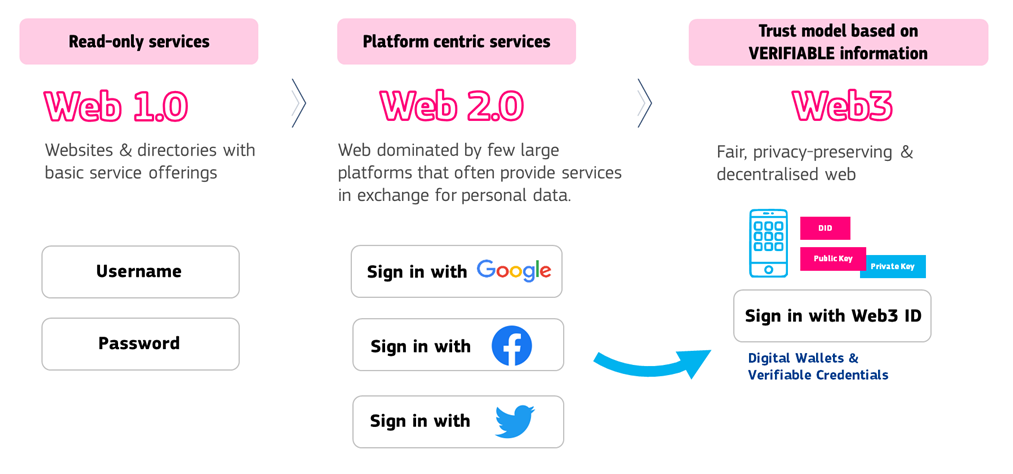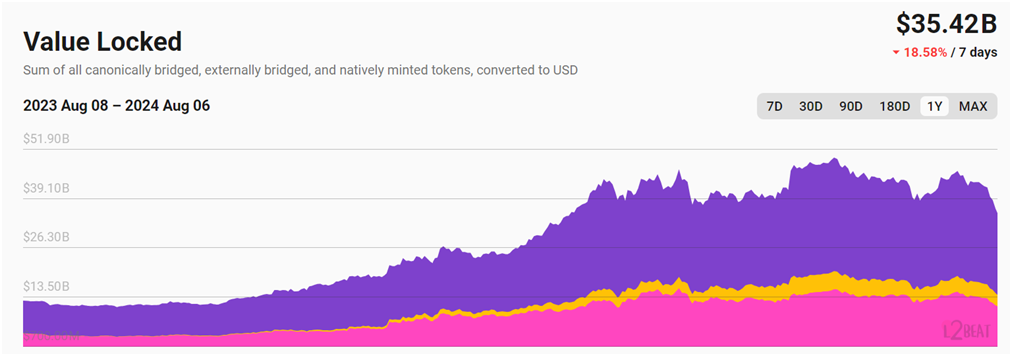This content originally appeared on HackerNoon and was authored by Matvii Diadkov
Web3, the next iteration of the Internet, pledges to empower communities and end users through a decentralized and trustless infrastructure. However, it’s not like Apple introducing the touch screen, which replaced conventional phones in less than a decade. Web3 represents a tech advancement that requires gradual implementation to penetrate a global industry that touches every aspect of our lives. \n
Before that happens, here are the 5 main challenges the Web3 revolution has to overcome first:
Fragmentation
To begin with, the Web3 industry, which uses blockchain technology as its underlying infrastructure layer, is very fragmented.
This is because blockchains, while being open to the public, are closed systems that don’t communicate with the real world or with each other. Interoperability is the declared mission of many newer chains, such as Polkadot or Avalanche, but all these networks can do is to create special doors (bridges) through which data can flow in and out.
\
While bridges make blockchain data more flexible, they come with significant risks. In 2022, bridges accounted for more than half of all crypto stolen by hackers, according to data fro m Chainalysis. Specifically, decentralized finance (DeFi) accounted for over 82% of all crypto stolen, totaling $3.1 billion, with bridges responsible for 64% of it. \n 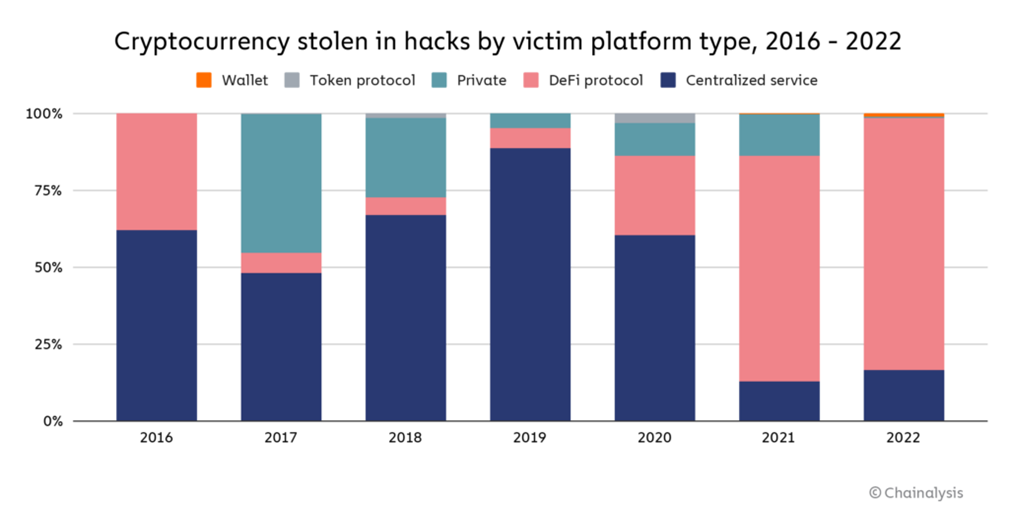
\ The good news is that decentralized applications (dapps) and crypto ecosystems adopt a multi-chain model. For example, Uniswap, the largest decentralized exchange (DEX) by trading volume, supports 22 chains.
User Experience & Complexity
Dapps are a new concept for regular users, many of whom are not familiar with the multiple processes required to engage with them, such as digital wallet setup and management, joining liquidity pools, staking, etc.
\ Regular Web2 apps focus very much on the interface, leaving all the behind-the-scenes processes hidden from end users. In contrast, dapp developers pay more attention to scalability and efficient economic models relying on game theory and security. While trying to improve the underlying technology, developers often neglect user experience, which slows the onboarding process for non-tech-savvy users.
\ In the last few years, more and more dapps have been working on ways to offer a Web2-like experience.
Recently, peer-to-peer payment firm Valora released a decentralized launchpad for Web3 dapps on mobile devices.
Elsewhere, MetaMask, one of the most popular non-custodial wallets, announced its Delegation Toolkit, which enables developers to embed the wallet directly into dapps for a better user experience.
Scalability
Web3 has to prioritize scaling to make mainstream adoption a realistic plan. For example, Visa claims to handle over 65,000 transactions per second (tps) across 200+ countries, reaching over 3 billion users worldwide. \n 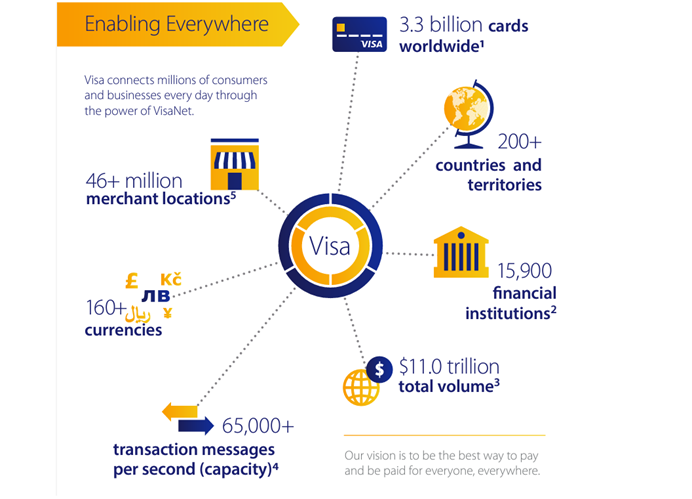
To improve scalability, developers have built layer 2 (L2) networks on top of Ethereum, but they are less decentralized. L2s have grown into an entire industry. The total value locked (TVL) in L2 dapps reached nearly $50 billion in June 2024. \n
Today, L2s already process nearly 300 transactions per second (tps) compared to 13 on Ethereum, although their capacity measures in the thousands. \n 
\ To avoid the fate of Ethereum, which is surrounded by dozens of L2s, some layer 1 blockchain, including Solana, Aptos, and Sui, have made sure to achieve the same or even greater tps capacity than the likes of Visa.
https://x.com/Suians_/status/1659621501669363712?embedable=true
Security
It turns out that building ideal Web3 dapps is tricky. For example, blockchain projects relying too much on bridge solutions to achieve interoperability might be forced to compromise their security, as we discussed earlier. Prioritizing scaling can also come at the cost of security because higher tps capacity is usually achieved by less decentralized networks.
\ Therefore, security is a key aspect that must be preserved while improving the rest of the fundamental aspects.
The Web3 sector is still plagued with hacking attacks and security risks. Every month, hundreds of millions of dollars are stolen from Web3 dapps. \n 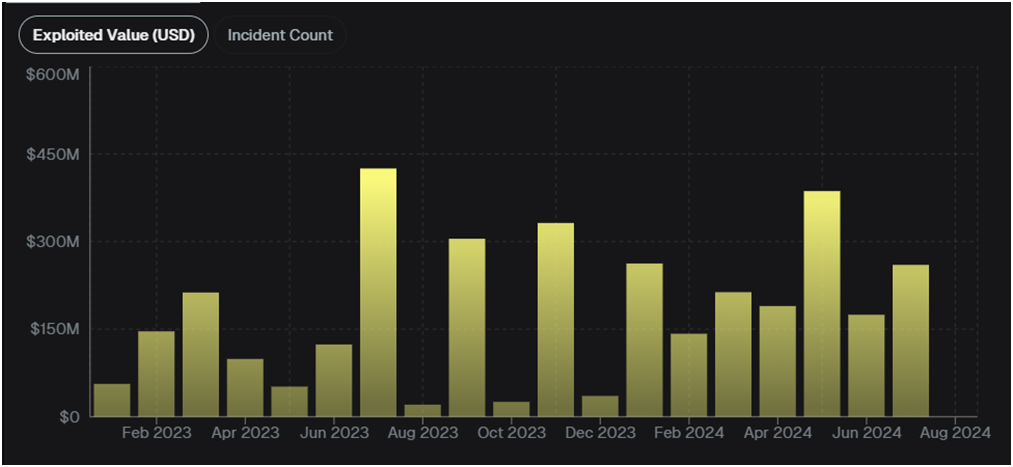
Many well-established networks, including Ethereum, are inherently secure at the core level, but problems may arise during dapp development due to code loopholes, smart contract vulnerabilities, and other security issues.
Regulation
Even with an ideal Web3 infrastructure in place, regulation would remain the last major hurdle that still needs to be addressed.
Given that Web3 dapps use decentralized and trustless infrastructure, there are no centralized entities to be responsible for potential issues. Moreover, most dapps don’t require KYC verification, making them less compatible with highly regulated traditional finance.
\ Crypto regulations are still vague in the US, but some major jurisdictions are becoming more Web3-friendly. For example, the European Union (EU) recently adopted the MiCA regulatory framework for cryptos and is now looking for ways to integrate Web3.
Another example is Hong Kong, whose Secretary for Financial Services and the Treasury, Christopher Hui, declared that the city has become a leading global destination for Web3 and digital assets due to its crypto-friendly regulation.
The Final Note
While analyzing the main challenges for Web3 adoption, you can see that the industry offers many solutions in each case. However, solving one problem often comes at the expense of another. Therefore, the main challenge is to create a balanced Web3 infrastructure that addresses all major challenges at once – this should be the main goal for developers.
\ We’re still far from a Web3 utopia where everyone has full control over their data and assets, but the main pillars for the next iteration of the Internet are already palpable.
This content originally appeared on HackerNoon and was authored by Matvii Diadkov
Matvii Diadkov | Sciencx (2024-09-16T20:35:35+00:00) Key Barriers to Web3 Development: Overcoming the Challenges Ahead. Retrieved from https://www.scien.cx/2024/09/16/key-barriers-to-web3-development-overcoming-the-challenges-ahead/
Please log in to upload a file.
There are no updates yet.
Click the Upload button above to add an update.

